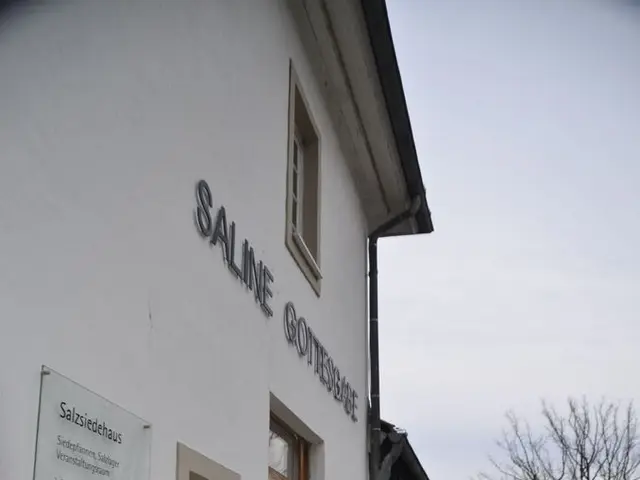"Hanging Rock Picnic's 50-year-long spell of captivating enigma"
In the captivating film "Picnic at Hanging Rock," director Peter Weir weaves a tale that is as mysterious as the Australian landscape it portrays. A scene that stands out involves the college gardener using a unique flower that closes in on itself when touched as a metaphor, saying, "Some questions have answers, and others do not."
The film has been interpreted as a metaphor for anxious colonialism or the fears raised by modernity at the end of the Victorian era. Critic Peter Bradshaw suggests that the girls in diaphanous white dresses could represent the most vulnerable face of a decadent colonial people or a romantic and voluntary self-immolation in the face of repression.
The mystery of "Picnic at Hanging Rock" is reminiscent of the protection of the flower's integrity, maintaining its allure and intrigue even to this day. The film, now available on several VOD platforms and the Criterion Channel, continues to spark discussions and theories.
One of the central mysteries revolves around Irma, one of the girls, who is found without her corset after escaping. This missing item, among other unexplained events, contributes to the film's conclusion, described as being lacking in rationality and order.
A new biography of Joan Lindsay, the author of the novel upon which the film is based, suggests that her publication at the age of 71 was a result of a life spent feeling marginalized and overlooked as an artist and creator.
Meanwhile, in a different realm, Taylor Swift has achieved a significant victory, marking the end of a long battle that has haunted her for over six years.
For those seeking a different kind of mystery, "Twilight," a neo-noir film featuring Paul Newman, Gene Hackman, and Susan Sarandon, is a suggested watch. Its charm, as outdated as it is intertextual, offers a fascinating exploration of the genre.
Lastly, for those interested in delving deeper into the works of Peter Weir, "The Films of Peter Weir: Visions of Alternative Realities," authored by William Beard, provides a comprehensive look into the director's unique cinematic universe.




